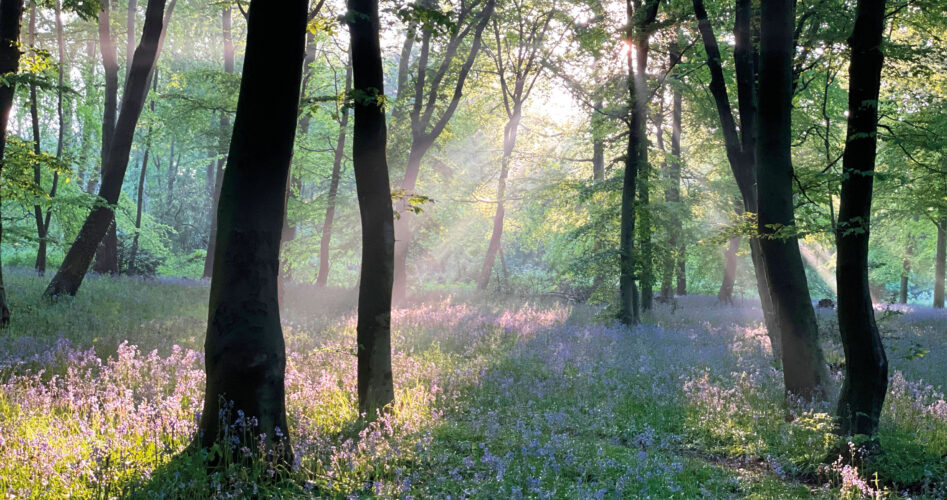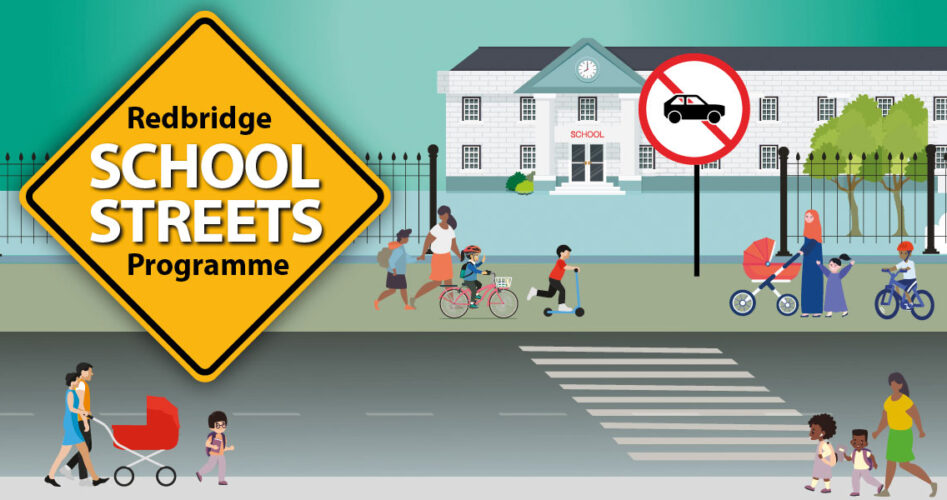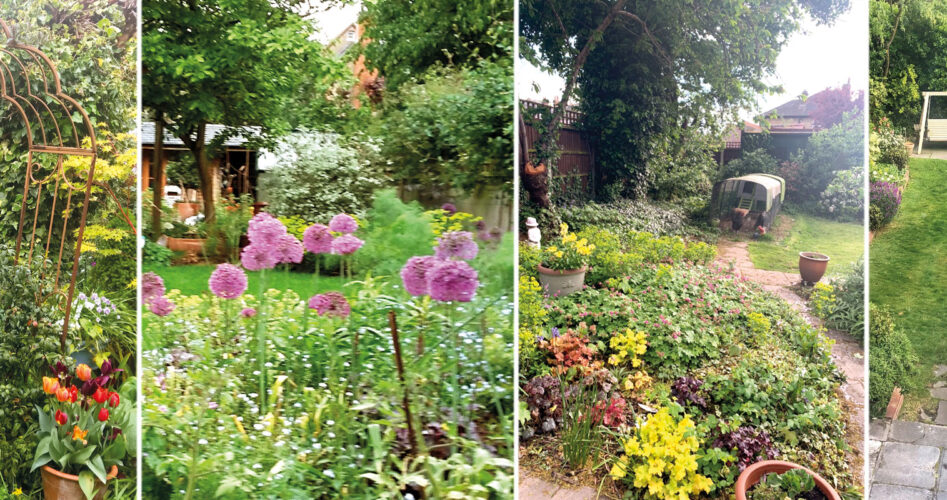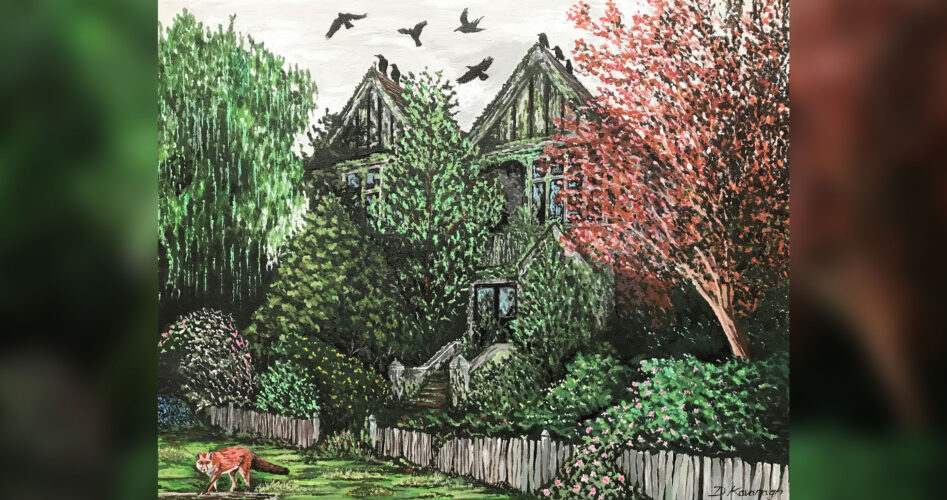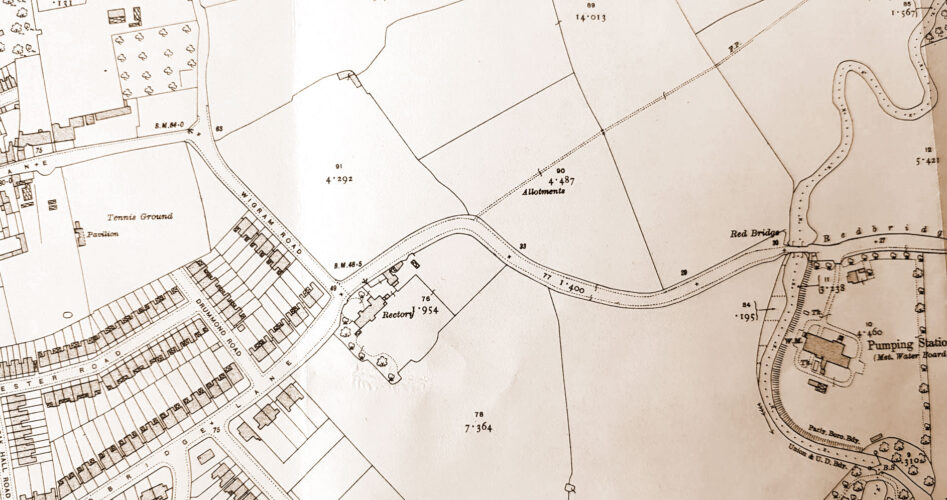As Redbridge Council’s Cabinet Member for Planning and Planning Enforcement, Councillor Sheila Bain (Wanstead Park, Labour) explains why the Aldersbrook Conservation Area was extended last year
Redbridge has many areas of historic or architectural interest, and protecting these is an important function of the planning system, achieved through the designation of Conservation Areas.
Conservation Areas have extra planning rules applied to them to help preserve or enhance their character and protect their settings. The designation of these areas is a vitally important way of protecting and improving the borough’s heritage, and serves to protect the environment and biodiversity. Designating a Conservation Area does not mean prohibiting development but ensures changes are carefully managed to safeguard the appearance of the area.
There are 16 conservation areas in Redbridge. They are supported by design guidance, which gives advice on how to make improvements to homes in an acceptable way. Local planning authorities are required to periodically review the character and boundaries of Conservation Areas and publish proposals for their preservation and enhancement, and this was most recently carried out in the Aldersbrook Conservation Area and Lake House Estate.
This area of Edwardian housing is one of the most noteworthy examples in the borough. Our review showed that many alterations and extensions had taken place to properties over the years, resulting in the loss of Edwardian features. Permitted development rights (where planning permission isn’t needed) had allowed owners to undertake additional works to properties which had a major negative impact on the character of the area as a whole.
Following consultation with residents, the boundary of the Aldersbrook Conservation Area was extended to include the Lake House Estate, and the council introduced an Article 4 Direction to tackle the adverse impacts on the area by household development. This was the course of action most supported by residents, many of whom had strong concerns about the condition of the area.
The Article 4 Direction requires that planning permission be obtained for certain, normally exempt, building works. For example, replacing windows, roof coverings, work to porches and removing boundary walls with loss of front gardens. The aim is to prevent further erosion of the area’s Edwardian character, to encourage restoration and to ensure new work preserves or enhances the character and appearance of the area. The objective is to keep the area’s architectural heritage intact and the environment green, which has added benefits for biodiversity.
As Cabinet Member for Planning and Planning Enforcement, I’m proud to be involved in protecting our architectural heritage and environment for the enjoyment and benefit of the community and future generations.
To contact Councillor Sheila Bain, email sheila.bain@redbridge.gov.uk



